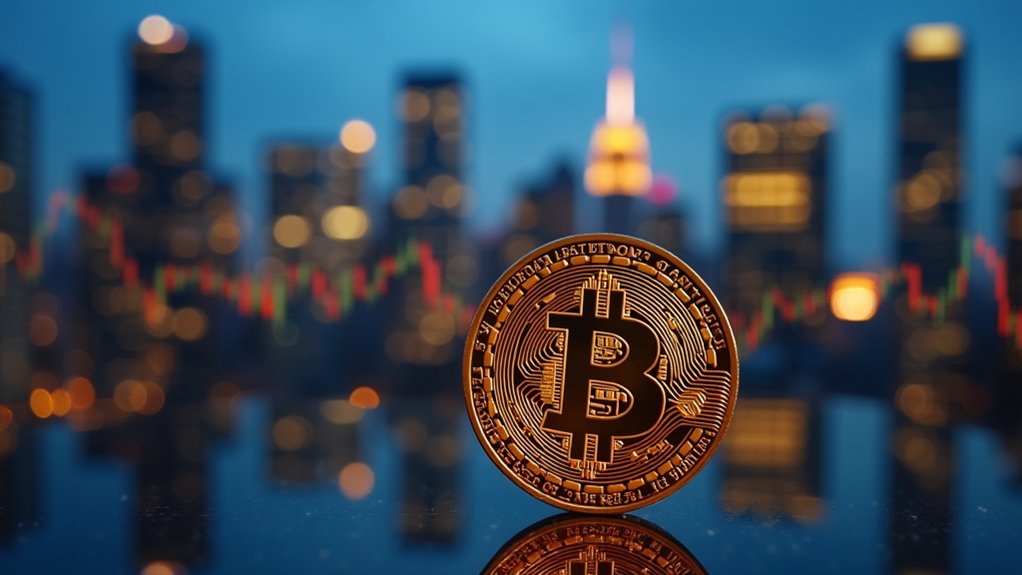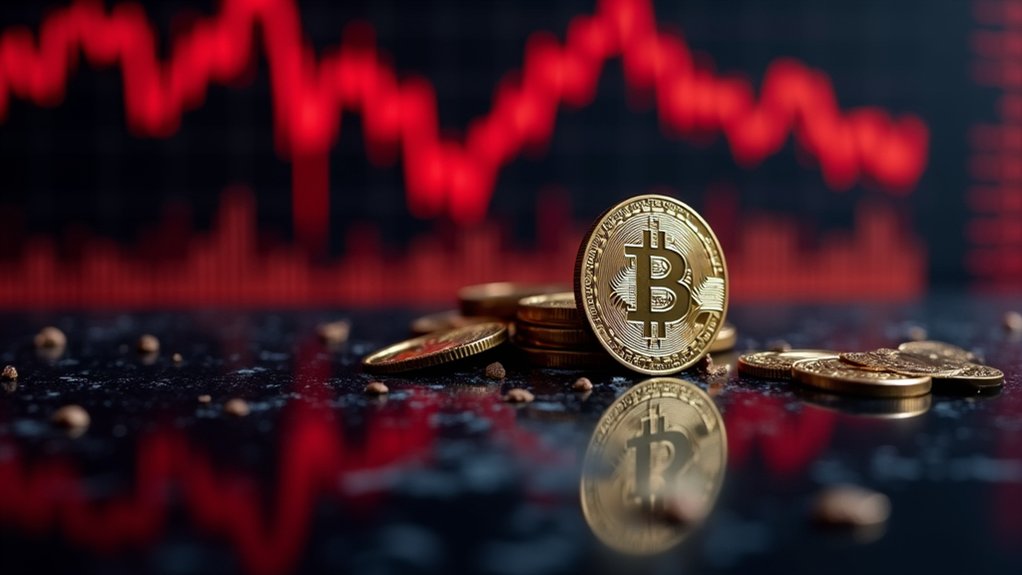As global economies navigate uncertain waters, Bitcoin stands at a pivotal crossroads that could determine its future for decades to come. The digital currency, once dismissed as a passing fad, now commands serious attention from Wall Street veterans and central bankers alike. Its price—swinging like a pendulum caught in a storm—reflects not just technical factors but deeper economic currents washing over global markets.
While trade wars grab headlines with their dramatic pronouncements and retaliatory tariffs, a quieter revolution bubbles beneath the surface: the unprecedented printing of money. Central banks worldwide have fired up their monetary presses, churning out currency at rates that would make even seasoned economists wince. This flood of new money, invisible yet powerful, may actually be Bitcoin’s most consequential tailwind. The upcoming 2024 Bitcoin halving will further tighten supply, reducing mining rewards from 6.25 to 3.125 BTC per block.
While central banks flood markets with freshly printed currency, Bitcoin’s limited supply becomes its strongest asset in turbulent times.
The relationship is elegantly simple. As more dollars, euros, and yen enter circulation, each individual unit potentially loses value—like diluting honey with water. Bitcoin, with its algorithmically limited supply of 21 million coins, stands in stark contrast to this monetary expansion. Investors feeling the ground shift beneath traditional currency systems have increasingly turned to Bitcoin’s digital shores. With approximately 89% of Bitcoin’s supply already mined by 2021, the scarcity factor becomes increasingly compelling to investors seeking protection from inflation.
Institutional money now flows into cryptocurrency markets with surprising force. Companies like MicroStrategy and Square have converted portions of their treasury reserves to Bitcoin, a move unthinkable just years ago. These corporate believers aren’t merely chasing returns; they’re hedging against a world awash in printed currency.
Trade tensions certainly matter. When countries clash over exports and tariffs, investors seek safe harbors. Yet these conflicts come and go like seasonal storms. The money-printing phenomenon, however, represents a fundamental shift in economic philosophy that could reshape how value itself is understood. Current market sentiment shows a Fear & Greed Index of 45, indicating cautious positioning despite projections of significant price appreciation.
Bitcoin’s true test remains ahead. Will it fulfill its promise as digital gold, a refuge from monetary manipulation? Or will it remain primarily speculative, rising and falling with investor sentiment? The answer may depend less on headlines about trade negotiations and more on how many zeros central banks add to their balance sheets.









